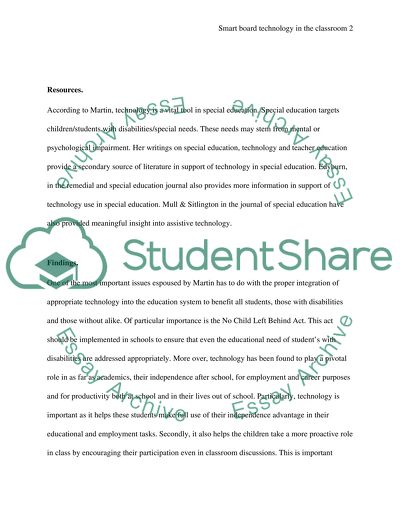Cite this document
(“Smart board technology in the classroom for special education Essay”, n.d.)
Retrieved from https://studentshare.org/information-technology/1534841-smart-board-technology-in-the-classroom-for-special-education
Retrieved from https://studentshare.org/information-technology/1534841-smart-board-technology-in-the-classroom-for-special-education
(Smart Board Technology in the Classroom for Special Education Essay)
https://studentshare.org/information-technology/1534841-smart-board-technology-in-the-classroom-for-special-education.
https://studentshare.org/information-technology/1534841-smart-board-technology-in-the-classroom-for-special-education.
“Smart Board Technology in the Classroom for Special Education Essay”, n.d. https://studentshare.org/information-technology/1534841-smart-board-technology-in-the-classroom-for-special-education.


